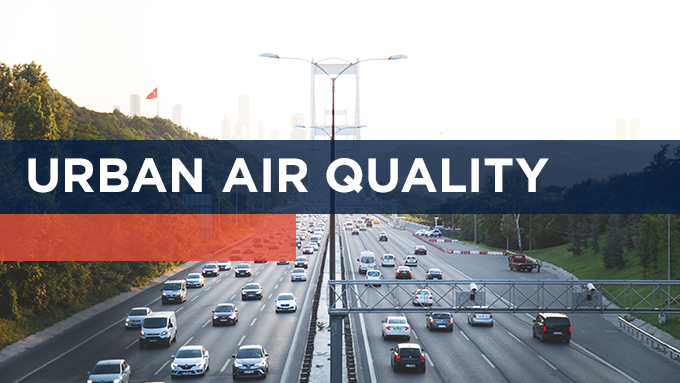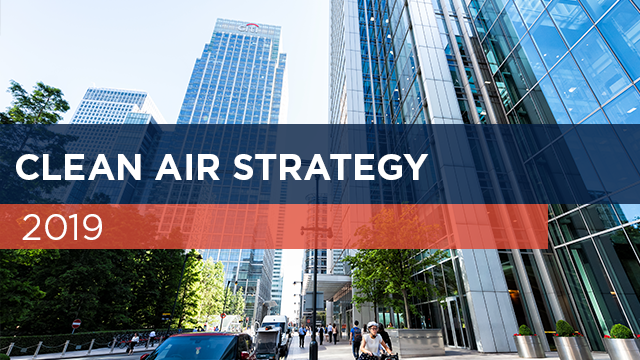Urban Air Quality
Our atmosphere is dynamic. Biological, physical and chemical processes contribute to ‘clean air’, a gas mix which is remarkably well balanced for life and free of toxic gases and particulates.
Oxygen is at as high a concentration as enables aerobic organisms such as us to breath easily, whilst not so high as to cause unquenchable forest fires. Carbon dioxide is plentiful enough for plants to grow, both as a source of carbon and in retaining sufficient but not too much warmth from the sun. Elements essential for life such as sulfur and iodine are transported from land to sea in the form of volatile organic compounds (VOCs).
Many gases, which are toxic or harmful to life are removed by chemical and physical adsorption on solid particles (particulates) which ultimately fall out of the air under gravity as dust or rain. What is more, through a series of chemical reactions, including reactions with sunlight (photochemical reactions), the atmosphere is kept almost completely free of specific VOCs released by plants, it would seem to their own and wider advantage. For example, it has been recently established that on being bruised, leaves release VOC messengers (pheromones) that attract predators of leaf eating insects! Read more!
Clean Air Strategy 2019
To further address the health and safety and environmental issues surrounding air pollution, in January 2019 the UK government launched a Clean Air Strategy to outline how they will tackle all sources of air pollution, making air healthier to breathe, protecting nature and boosting the economy.
The government confirms their plans for dealing with all sources of air pollution, making our air healthier to breathe, protecting nature and boosting the economy.
Environmental issues
Air pollution is now something we are all aware of and is often included alongside UV levels on weather forecasts.
VOCs are themselves directly an air pollutant but also have secondary effects. When sunlight and heat react with VOCs, sulphur dioxide and nitrogen oxides (gasses released from many industrial process and vehicles) ozone is generated and smog is formed.





